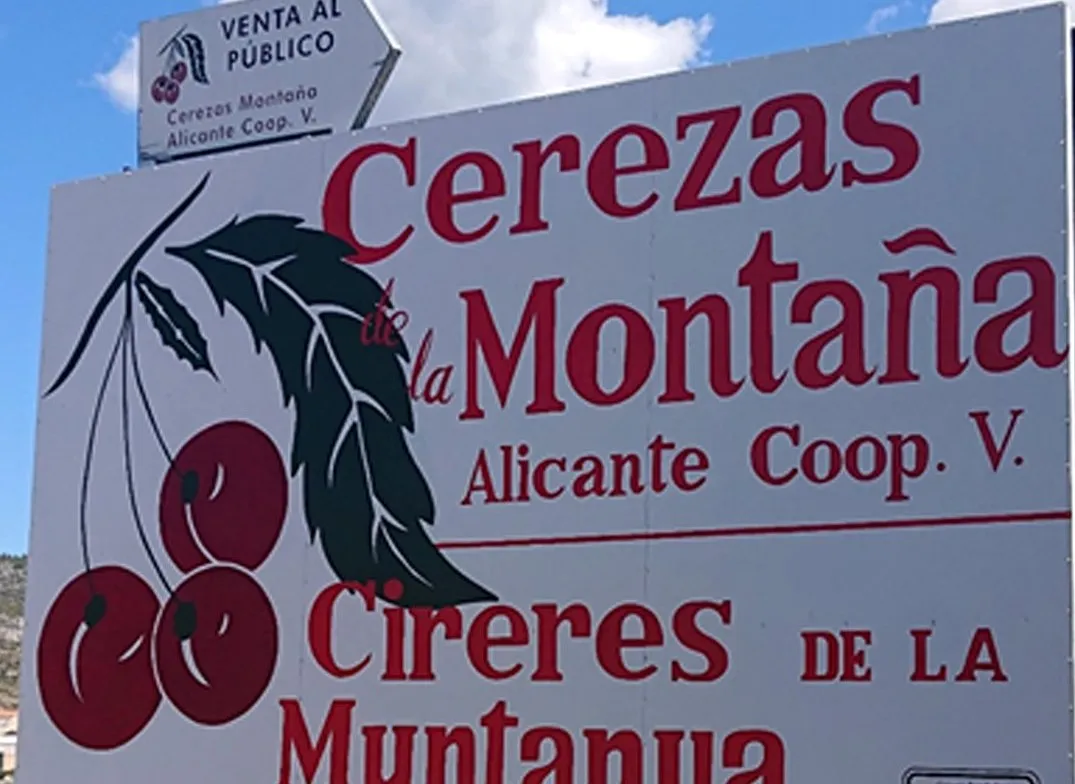A researcher is studying ways to induce branching and increase fruiting wood. In the long, warm, and humid growing season of western North Carolina, terminal shoots grow vigorously and, without some kind of intervention to promote lateral branching, may develop too much blind wood and too little fruiting wood.
Tom Kon, associate professor at North Carolina State University, has spent several years studying chemical and cultural practices to induce lateral branching and complete fruiting canopies. He shared some of his findings with the International Fruit Tree Association in Rochester, New York, in February.
“When you plant a new orchard, you need to have a plan for inducing lateral branching,” Kon said. “You can't always rely on what happened in the nursery.”
He said it’s best to intervene on one-year-old wood. Two-year-old or older wood is more difficult to manipulate and often requires a combination of strategies.
Labor-intensive methods and alternatives
Kon does not recommend topping the terminal shoot because it can cause long-term yield losses. Bending the shoot is labor-intensive and may result in uneven branch distribution. Leaf removal is also labor-intensive and doesn’t always work. Girdling, scoring, bark stripping, and similar strategies can promote branching, but these methods are also labor-intensive and tend to create wounds that allow pathogen entry, he said.
Kon also studied another strategy he doesn’t recommend for commercial growers: plastic bags. He covers a section of one-year-old shoot with a tube or plastic bag four to six weeks before expected bud break, inducing branching by altering the microclimate to make it warmer and more humid. Once the shoots reach 1 to 3 inches (2.5–7.6 cm) in length, the bags are cut open but left in place for about four days for acclimation, then removed.
The response to bagging has been “remarkable,” Kon said. In some cases, it increased the total linear bearing surface by 42% and fruit set by 26% in following years. But he can’t recommend it because it’s slow, labor-intensive, and not environmentally friendly. “Agriculture already has a plastic problem,” he said.
Growth regulators and older wood
The use of plant growth regulators (PGRs) as branching agents may be the most efficient technique. In a spring 2024 trial, Kon compared several commercial products at bud swell, all applied to one-year-old wood with white latex paint at concentrations of 5,000 parts per million.
Two products based on 6-benzyladenine, MaxCel and Exilis 9.5 SC, increased average branch length by about 33%. By the end of the season, there was nearly a twofold increase in linear bearing surface in treated areas, he said.
For growers needing to induce branching on wood that is 2 years or older, Kon recommended combining bark stripping and PGRs. He suggested using a box cutter or double-blade saw to make a cut above the bud, then spraying the cut with a branching-inducing growth regulator. While Kon used MaxCel at 500–1,500 ppm, he said some growers add Promalin (6-benzyladenine and gibberellins) at 500 ppm to stimulate branch elongation. Using this method on McIntosh/G.935 trees with extensive blind wood resulted in nearly tenfold bud break improvement, he said.
The downside: bark stripping can be slow, tedious, and potentially create entry points for pathogens, particularly fire blight, he said.
“If we could treat 2- to 4-year-old wood without disrupting the cambium, that would be revolutionary,” Kon told the IFTA audience. “But we don’t have anything registered that can do that.”
Image source: Goodfruit
Matt Milkovich
Good Fruit Grower
Italian Berry - All rights reserved












